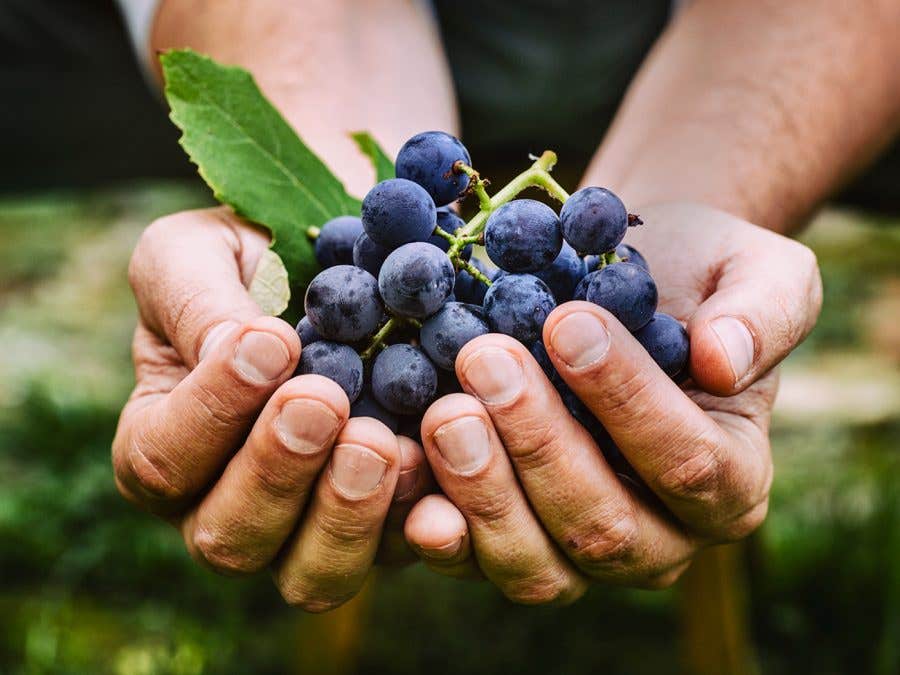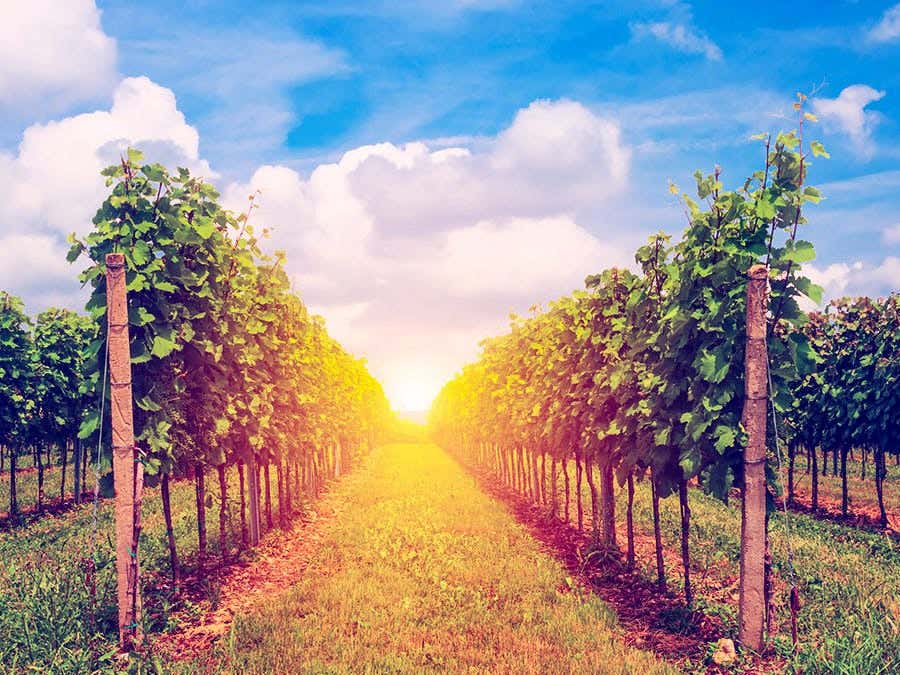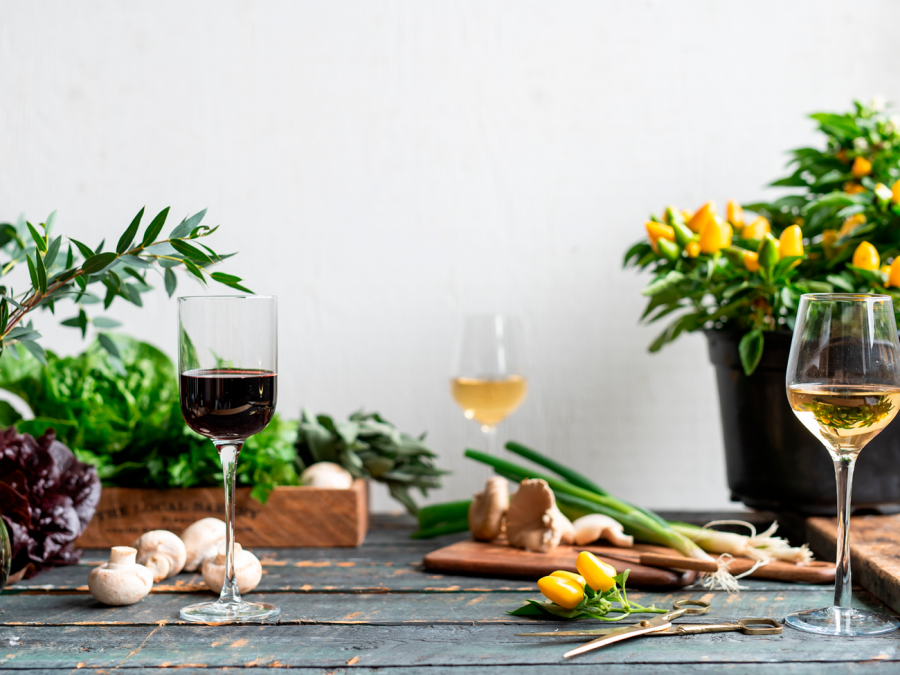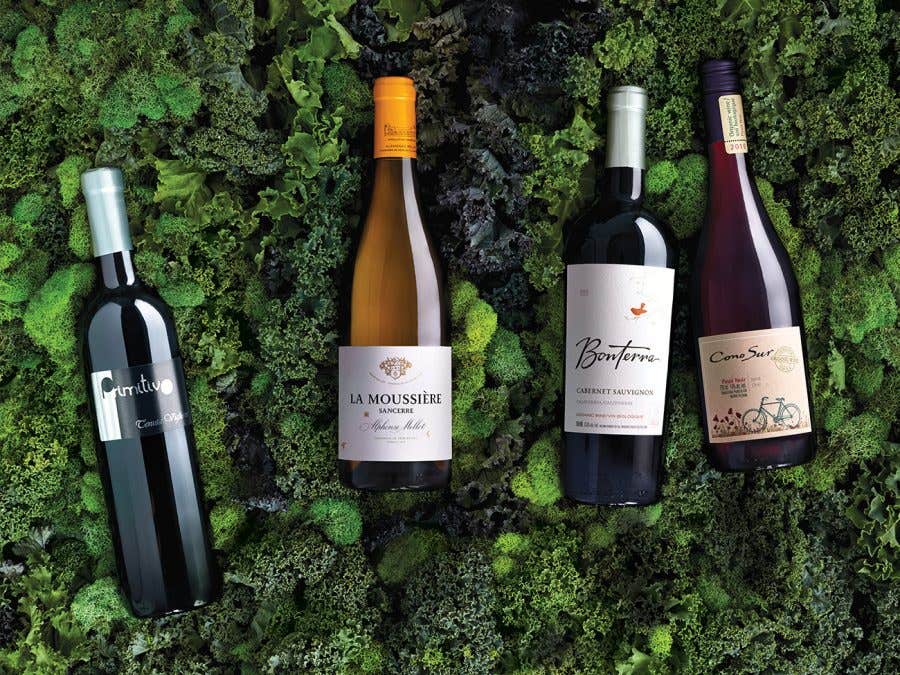It’s a term that’s currently all the rage in the wine industry, and one that’s on everyone lips: natural. Advocates of this approach define it rather simply: wine made from 100% grapes, with nothing added or removed.
This natural-or-nothing vision is nonetheless criticized by many, who consider it to be utopic, even unrealistically extreme. Some winemakers using more conventional and modern techniques can even feel insulted by the label “natural”, given that it implies that their wines are somehow “artificial”. Even if so-called “natural” wines are on the non-industrial and non-large scale end of the winemaking spectrum, it doesn’t necessarily mean they frown upon other ways of making this time-honoured libation.
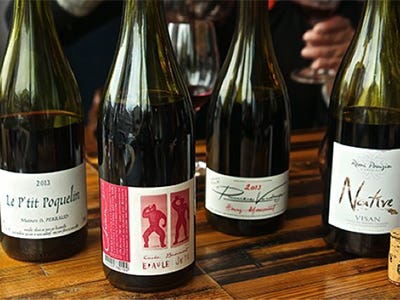



Naturally curious? Read on for the essential vocabulary needed to decode the world of natural wines, from what defines them, to their approach that seeks to help wines reveal their terroir as much as possible.
1
In principle, a natural wine is grown organically or biodynamically. Organic growing shuns all forms of chemical synthesis, whereas biodynamic growing does this, and also uses various preparations (teas, plant extracts, composts, etc.). Hand-picking during harvest is also essential.
2
A natural approach reduces interventions that change the wine’s constitution: natural yeast fermentation is used (as opposed to selected yeasts added during fermentation via sachet), no enzymes or various chemical compositions are added that normally would be used to promote vinification—ergo the notion of “nothing added”.
3
Major vinification techniques are also avoided (for example, thermovinification or flash pasteurization, which uses high temperatures to modify a wine’s aromatic profile, or reverse osmosis that modifies a wine’s alcohol level, etc.). Some of these techniques may be allowed when producing organic wine, but natural wine is far stricter.
4
Frequently, natural wines have no fining nor filtration—two techniques used to eliminate solids suspended in the wine, or in the case of sterile filtration, microorganisms—from which comes the idea of “nothing removed”.
5
Use of sulphites, and preservation agents used to stabilize wines and prevent oxidation is reduced to a minimum, often sometimes entirely avoided. In comparison, the l’Association des vins naturels, that has for the past 20 years defended this natural approach, recommends a maximum of 30mg/litre of sulphites for red wines, and 40 mg/litre of sulphates for white wines. European regulations for all wines authorizes a maximum of 150 mg/litre of sulphates for reds and up to 400 mg/litre for sweet white wines.
6
Sulphate-free wines are also part of another popular winemaking approach, which is more technical and uses sterile filtration to eliminate the presence of undesirable microbial elements, which in turn, makes sulphates less needed. This method is also the subject of debate among natural wine producers, who consider it to be too interventionist.
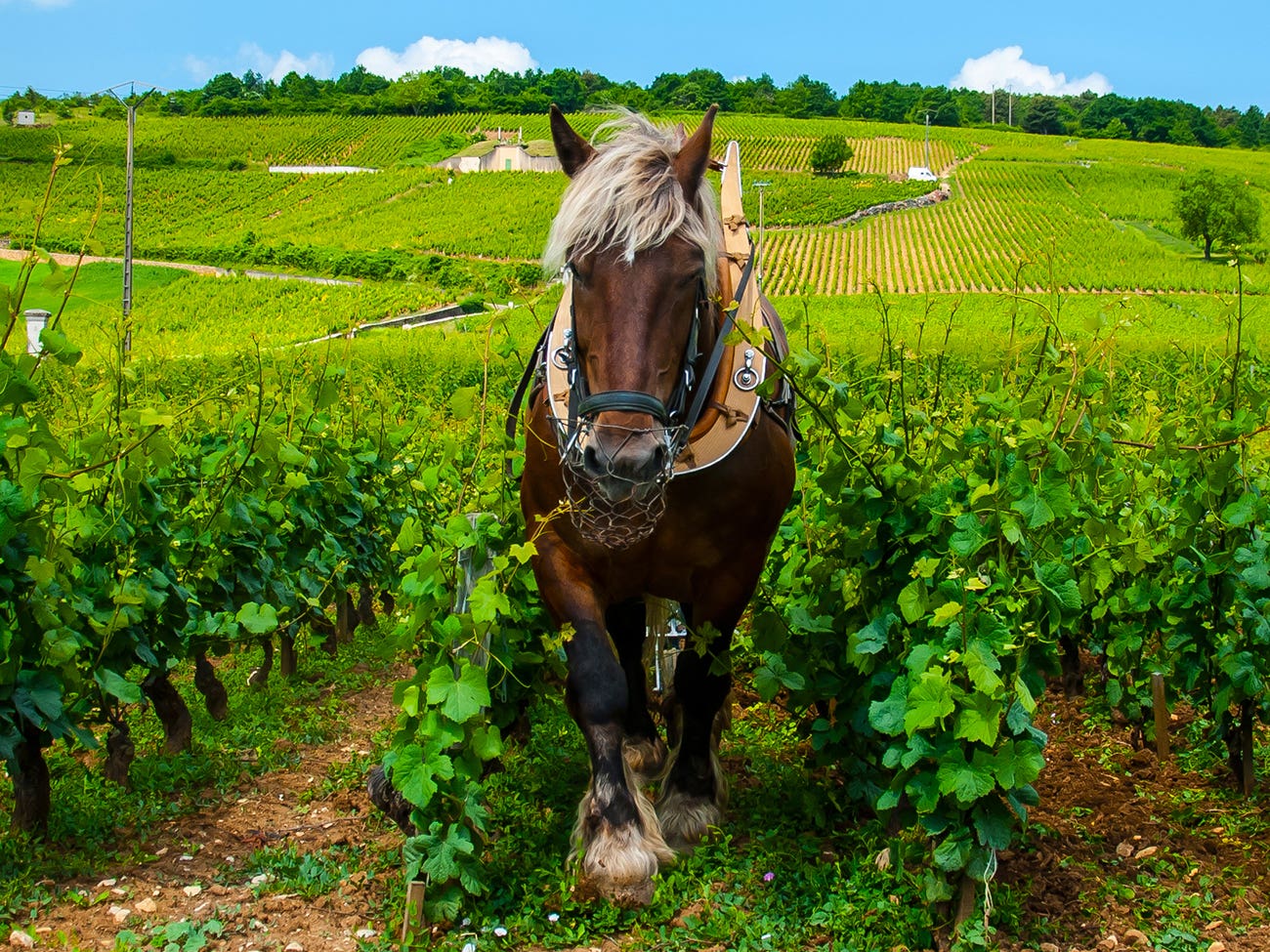

It’s a term that’s currently all the rage in the wine industry, and one that’s on everyone lips: natural. Advocates of this approach define it rather simply: wine made from 100% grapes, with nothing added or removed. This natural-or-nothing vision is nonetheless criticized by many, who consider it to be utopic, even unrealistically extreme. Some winemakers using more conventional and modern techniques can even feel insulted by the label “natural”, given that it implies that their wines are somehow “artificial”. Even if so-called “natural” wines are on the non-industrial and non-large scale end of the winemaking spectrum, it doesn’t necessarily mean they frown upon other ways of making this time-honoured libation.
Naturally curious? Read on for the essential vocabulary needed to decode the world of natural wines, from what defines them, to their approach that seeks to help wines reveal their terroir as much as possible.
- In principle, a natural wine is grown organically or biodynamically. Organic growing shuns all forms of chemical synthesis, whereas biodynamic growing does this, and also uses various preparations (teas, plant extracts, composts, etc.). Hand-picking during harvest is also essential.
- A natural approach reduces interventions that change the wine’s constitution: natural yeast fermentation is used (as opposed to selected yeasts added during fermentation via sachet), no enzymes or various chemical compositions are added that normally would be used to promote vinification—ergo the notion of “nothing added”.
- major vinification techniques are also avoided (for example, thermovinification or flash pasteurization, which uses high temperatures to modify a wine’s aromatic profile, or reverse osmosis that modifies a wine’s alcohol level, etc.). Some of these techniques may be allowed when producing organic wine, but natural wine is far stricter.
- Frequently, natural wines have no fining nor filtration—two techniques used to eliminate solids suspended in the wine, or in the case of sterile filtration, microorganisms—from which comes the idea of “nothing removed”.
- Use of sulphites, and preservation agents used to stabilize wines and prevent oxidation is reduced to a minimum, often sometimes entirely avoided. In comparison, the l’Association des vins naturels, that has for the past 20 years defended this natural approach, recommends a maximum of 30mg/litre of sulphites for red wines, and 40 mg/litre of sulphates for white wines. European regulations for all wines authorizes a maximum of 150 mg/litre of sulphates for reds and up to 400 mg/litre for sweet white wines.
- Sulphate-free wines are also part of another popular winemaking approach, which is more technical and uses sterile filtration to eliminate the presence of undesirable microbial elements, which in turn, makes sulphates less needed. This method is also the subject of debate among natural wine producers, who consider it to be too interventionist.
One thing that’s not debatable is that natural wine production is an exacting and demanding method, due to the host of technical tools one isn’t able to use. In order to ensure that their wines express their terroir fully, and don’t succumb to any number of common problems (aromatic deviations, microbiological contaminations, etc.), winemakers must be attentive and precise at all winemaking stages. Yet when natural wines are ‘done right’, its certainly worth all that effort: wines with ample personality are what amateurs and professionals alike will discover in their glasses.
A tip: keep these wines at less than 14 °C and decant them before serving.
For more information
L’Association des vins naturels: This French association that advocates the strictest rules for natural wines.
European Organic Wine: Since 2012, the European Union has adopted regulations related to the use of the designation ‘organic wine’ on labels and bottles.
Demeter: Created in 1932, this organization certifies biodynamic practises throughout the world.
Biodyvin: An association that regroups roughly a hundred wineries (some of which are very high-profile) who use biodynamic methods.
Association de biodynamie du Québec: A grouping of farmers and growers who use biodynamic principles in their work.
One thing that’s not debatable is that natural wine production is an exacting and demanding method, due to the host of technical tools one isn’t able to use. In order to ensure that their wines express their terroir fully, and don’t succumb to any number of common problems (aromatic deviations, microbiological contaminations, etc.), winemakers must be attentive and precise at all winemaking stages. Yet when natural wines are ‘done right’, its certainly worth all that effort: wines with ample personality are what amateurs and professionals alike will discover in their glasses.
A tip: keep these wines at less than 14 °C and decant them before serving.
For more information
Vin méthode Nature: Since 2019, the Syndicat de défense des vins naturels (Natural Wines Defense Union) oversees this valorizing mention that has gained state recognition in France. As of 2022, more than 400 wines, from France and Europe, have been authorised to use this label.
European Organic Wine: Since 2012, the European Union has adopted regulations related to the use of the designation ‘organic wine’ on labels and bottles.
Demeter: Created in 1932, this organization certifies biodynamic practises throughout the world.
Biodyvin: An association that regroups roughly a hundred wineries (some of which are very high-profile) who use biodynamic methods.
Association de biodynamie du Québec: A grouping of farmers and growers who use biodynamic principles in their work.
Reladted Posts
-
Read more
Organic, biodynamic, and more recently natural wines are far more than a trend; they are more popular than ever and we totally understand the increasing infatuation. Let’s look at why people are (happily) getting back to nature.
-
Read more
How can you decant true from false? Take our entertaining quiz!
-
Read more
An expert gives us the ABCs of organic, biodynamic and natural wines. What exactly do these terms mean?
 Free in-store delivery with purchases of $75+ in an estimated 3 to 5 business days.
Free in-store delivery with purchases of $75+ in an estimated 3 to 5 business days.
